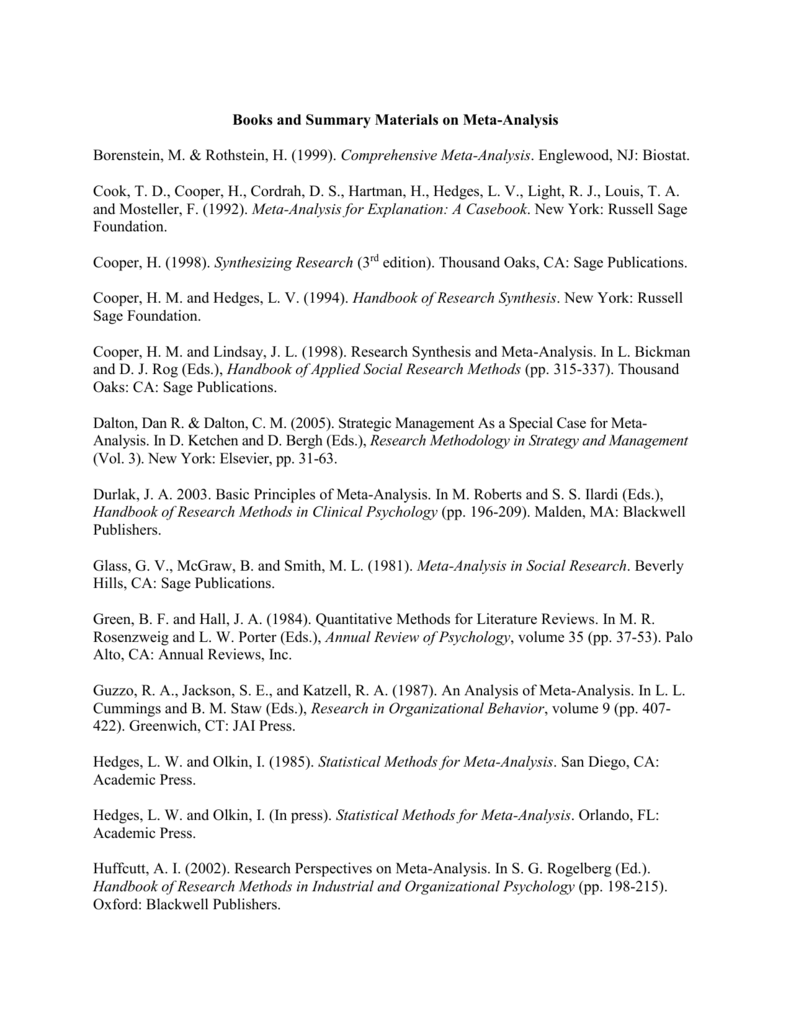
The expansion of the green product market depends on changes in consumer purchasing behavior, but research related to consumer behavior is a complex task because it involves many factors. However, the green product purchase rate remains very low ( Rex and Baumann, 2007). In one prior study, about 30% of consumers expressed concern about the environment and tried to translate this into their purchase behavior ( Young et al., 2010). Therefore, many companies have begun to implement green production and marketing strategies to meet customer preferences to achieve long-term business profits ( Dangelico and Vocalelli, 2017 Sana, 2020).Īlthough consumers have more demand for green products and enterprises have a strong willingness to develop green markets, the degree of market development for green products is still insufficient. The changes in consumers’ preferences for green products and the urgent actions needed to solve environmental problems are driving companies to seek solutions to such problems. In order to gain a larger market for green products, companies have developed various green products to meet the needs of consumers ( Dangelico and Pujari, 2010). Therefore, companies have also begun to seek the coordinated development of environmental protection and economic growth, and strive to achieve a green economy. Because the development of green business helps reduce the cost of excessive useless waste, provide employees with a safe and healthy working environment, and ensure the sustainable and efficient operation of the enterprise. As an important part of economic development, companies themselves have begun to pay attention to environmental issues. As sustainable development becomes a trend, the development of green products has become a broad field of social progress and commercial development, involving consumers and enterprises. Green products not only pose less risk to the environment but also bring high living standards to consumers and society.Ĭonsumers’ demand for green products has also prompted companies to pay attention to the market for green products. Compared with traditional products, they may be decomposable, renewable, reusable, and/or recyclable, and have little impact on the environment ( Dangelico and Pontrandolfo, 2010). Green products are designed to protect or improve the environment by saving energy or resources and reducing or eliminating toxic waste, pollution, and the use of toxic substances ( Ottman et al., 2006).

Consumers began to change their lifestyles and business activities, and gradually tended to increase consumption of green products ( Kong et al., 2014).

In the case of realizing the importance of the environment, many consumers also realize that their purchasing behavior will have an impact on the ecological environment. People are paying more and more attention to the environment, which directly affects the changes in personal lifestyles and values. In the past few decades, environmentally conscious consumers have achieved positive and significant growth in environmental protection activities, attitudes and knowledge. It has also attracted the attention of all parties to the environment. These problems directly affect the sustainability of economic development, the environment, and society. Rapid economic development and technological progress bring even more convenience to people’s lives but also pose many challenges to the environment, such as air pollution, climate change, and global warming.

The study’s findings provide references for enterprises engaged in green product diffusion and organizations responsible for environmental protection. Green perceived risk has a significant negative impact on green purchase intention.

Collectivism has a positive effect on green purchase intention. Perceived behavior control, perceived consumer effectiveness, and subjective norm also has a strong positive impact on green purchase intention. The results revealed that green perceived value, attitude, and green trust have a significant positive influence on green purchase intention.
Comprehensive meta analysis 3 software#
Next, a meta-analysis of 54 empirical papers was conducted using Comprehensive Meta-Analysis 3.0 software to quantitatively assess these relationships. Through a comprehensive literature review, the influencing factors of consumers’ green purchase intention are organized into three categories: cognitive factors, consumer individual characteristics, and social factors. This study systematically analyzes the factors that affect consumers’ green purchase intention.


 0 kommentar(er)
0 kommentar(er)
